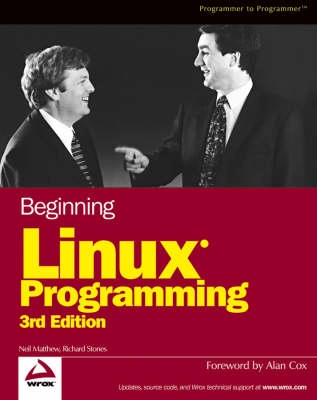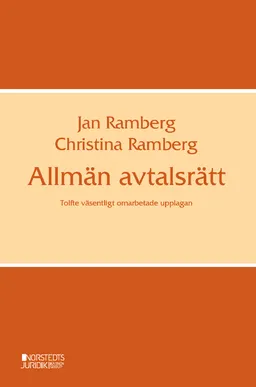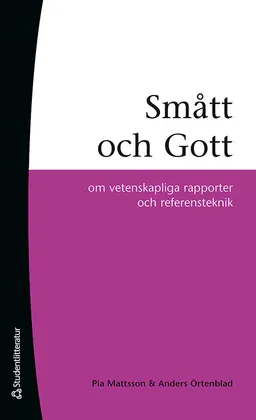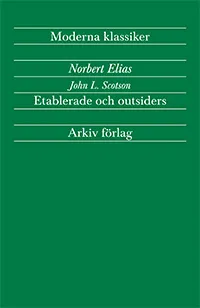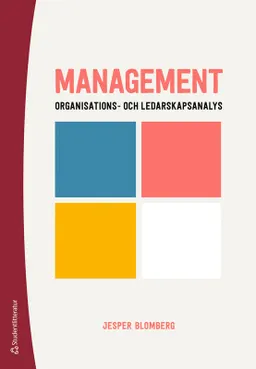What is this book about? If you have some programming experience and are ready to venture into Linux programming, this updated edition of the bestselling entry-level book takes you there. The authors guide you step by step, using construction of a CD database application to give you hands-on experience as you progress from the basic to the complex. You’ll start with fundamental concepts like writing Unix programs in C. You’ll learn basic system calls, file I/O, interprocess communication, and shell programming. You’ll become skilled with the toolkits and libraries for working with user interfaces.
The book starts from the basics, explaining how to compile and run your first program. New to this edition are chapters on MySQL® access and administration; programming GNOME and KDE; and Linux standards for portable applications. Coverage of kernel programming, device drivers, CVS, grep, and GUI development environments has expanded. This book gives you practical knowledge for real wor ld application.
What does this book cover?
In this book, you will learn how to
Develop programs to access files and the Linux environment Use the GNU compiler, debugger and other development tools Program data storage aapplications for MySQL and DBM database systems Write programs that take advantage of signals, processes and threads Build graphical user interfaces using both the GTK (for GNOME) and Qt (for KDE) libraries Write device drivers that can be loaded into the Linux kernel Access the network using TCP/IP sockets Write scripts that use grep, regular expressions and other Linux facilities Who is this book for?
This book is for programmers with some C or C++ experience, who want to take advantage of the Linux development environment. You should have enough Linux familiarity to have installed and configured users on Linux.
Åtkomstkoder och digitalt tilläggsmaterial garanteras inte med begagnade böcker
